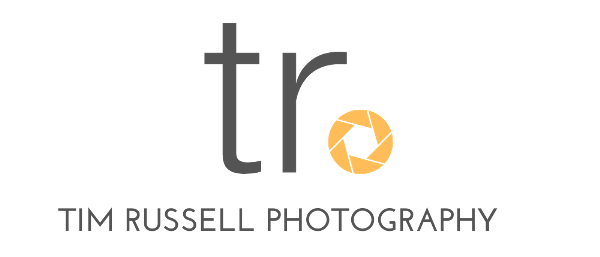Chimpin’ Ain’t Easy: Life Without a Rear Monitor
Last month I found myself in my former home town, Ho Chi Minh City, for ten days, and on my last night there – physically unable to drink any more beer after several nights of excess – I decided to go out and do some night photography in the busy streets of Phu Nhuan near my hotel.
I’d got about ten minutes into my shoot when I noticed that the rear monitor on my Sony A7II had stopped coming on (I have my monitor set to AUTO so it automatically comes on when my eye isn’t looking into the EVF). I assumed there was an issue with the eye detector so gave it a quick poke with a cotton bud (always carry a cotton bud in your camera bag – it’s as essential a piece of photography gear as a camera, a comfortable pair of shoes, or an inferiority complex), but it didn’t help. So, like the idiot I am, I decided to test it by switching to rear monitor mode, and, well, you can guess what happened next – I bricked my camera. With the camera in rear monitor mode and said rear monitor not working, I was powerless to do anything, as I could no longer access the menu. Shit shit shit.
Cursing my idiocy I walked back to my hotel, fired up my laptop, and consulted the internet. Now the great thing about the internet is that whatever almighty mess you’ve got yourself into, there’s invariably someone out there who’s been there, done that, and found a solution. You could find yourself trapped in an Uzbek brothel with only a live badger and a copy of Your Air Fryer Monthly, yet someone online would have previous experience of such a situation and know exactly how to get out of it.
Thankfully there were several idiots out there who had also bricked their Sony cameras in the same way I had, and one of them had come up with a solution involving a certain sequence of rear button presses which, hallelujah, got my EVF working again. I would share that sequence here but in my excitement I forgot to bookmark the page.
Anyway, with my newly restored camera I went out shooting sans rear monitor, as I’ve done several times since (I’ve been too busy with work and shoots to get it fixed, and I’m currently too skint to buy a new camera), and I noticed one significant thing: it’s cured my chimping problem.
For the uninitiated, ‘chimping’ is the somewhat pejorative term for what photographers do right after taking what they think is a good shot – looking at the camera’s rear monitor, going “ooh ooh ooh” and, possibly, jumping up and down and flinging their own shit around in excitement. Before presumably getting into comedy scrapes hauling a piano up a flight of stairs (one for 1980s Brit TV viewers there – never let it be said my cultural references aren’t bleeding edge). The more prosaic origin story says the term is an abbreviation of ‘check image preview’, but that’s not half as much fun as monkeys.
Chimping is generally agreed to be a bad thing, as while you’re looking at your screen you might be missing a good shot, and it distracts you from the flow state that we all like to be in when we’re out shooting; yet most photographers do it anyway. It’s hard not to. When you think you’ve just taken a potentially award winning banger of a shot, the first thing you want to do is look at it. Elvis could ride past on the back of a unicorn and you wouldn’t care – you want to check that that shot is as good as you think it is, even though you know it can wait.
And chimping isn’t all bad. On those occasions when you have time to work a scene, looking at each photo and working out how it can be improved is essential. Many’s the time I’ve taken what I thought was a winner, had a quick chimp session, and noticed some wayward item in the background or that my composition was a bit off. On such occasions, the chimp truly deserves all the bananas and cups of PG Tips that come his way.
But on my last couple of shoots I’ve noticed that, deprived of the opportunity to chimp, I enjoy myself more. I stay in the zone. I concentrate on the next shot instead of worrying about the last one. I focus on the shoot, rather than thinking about how I’m going to edit the Pulitzer Prize winner I took 15 minutes earlier. I don’t beat myself up at how many shitty photos I’ve taken (because that’s every photographer’s dirty secret – for every good photo we take, there are at least half a dozen shitty ones).
I’d like to think this is my new modus operandi, and that the death of my rear monitor is a life-changing event that will transform the way I shoot and take me to new heights of creativity. When of course I know damn well that as soon as I pick my camera up from the repair shop with, hopefully, a repaired screen, I’ll be chimping so much David Attenborough will make a documentary about me. Ah well, it was good while it lasted.

